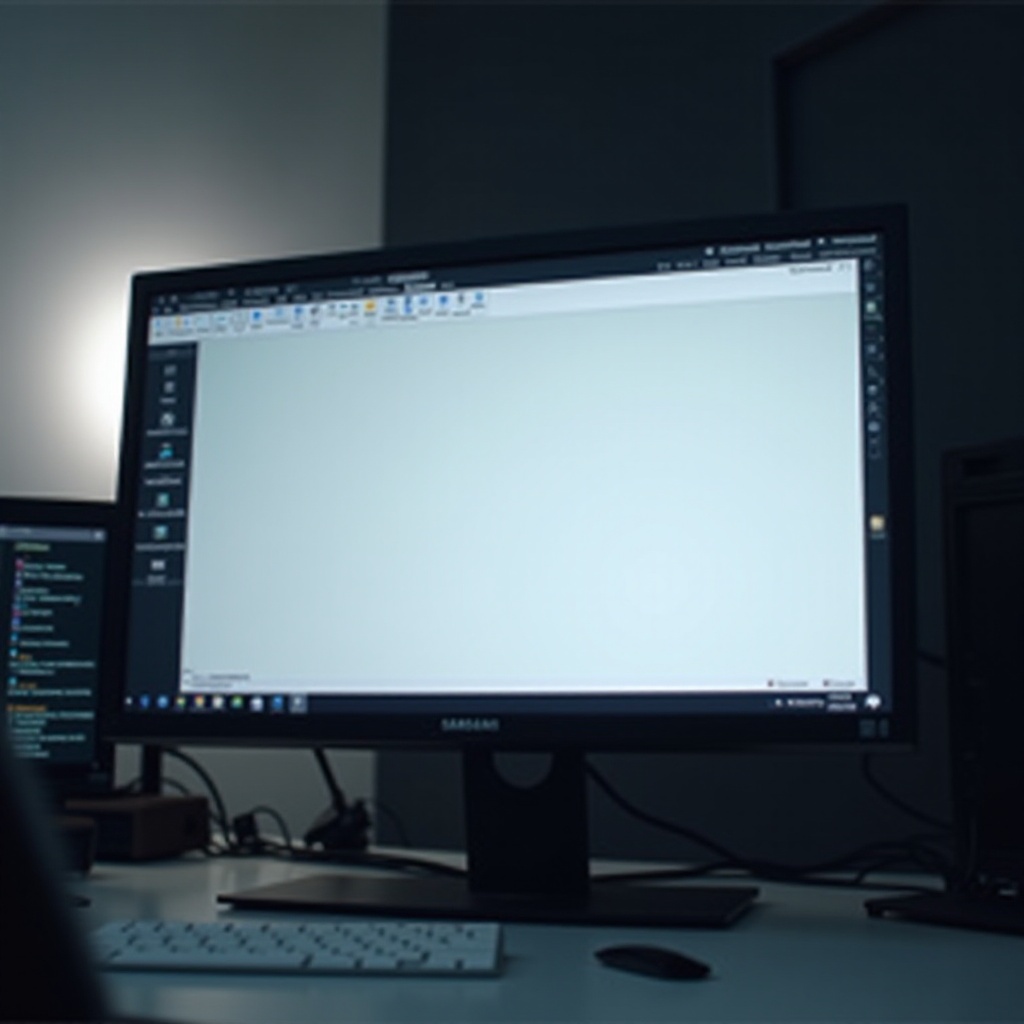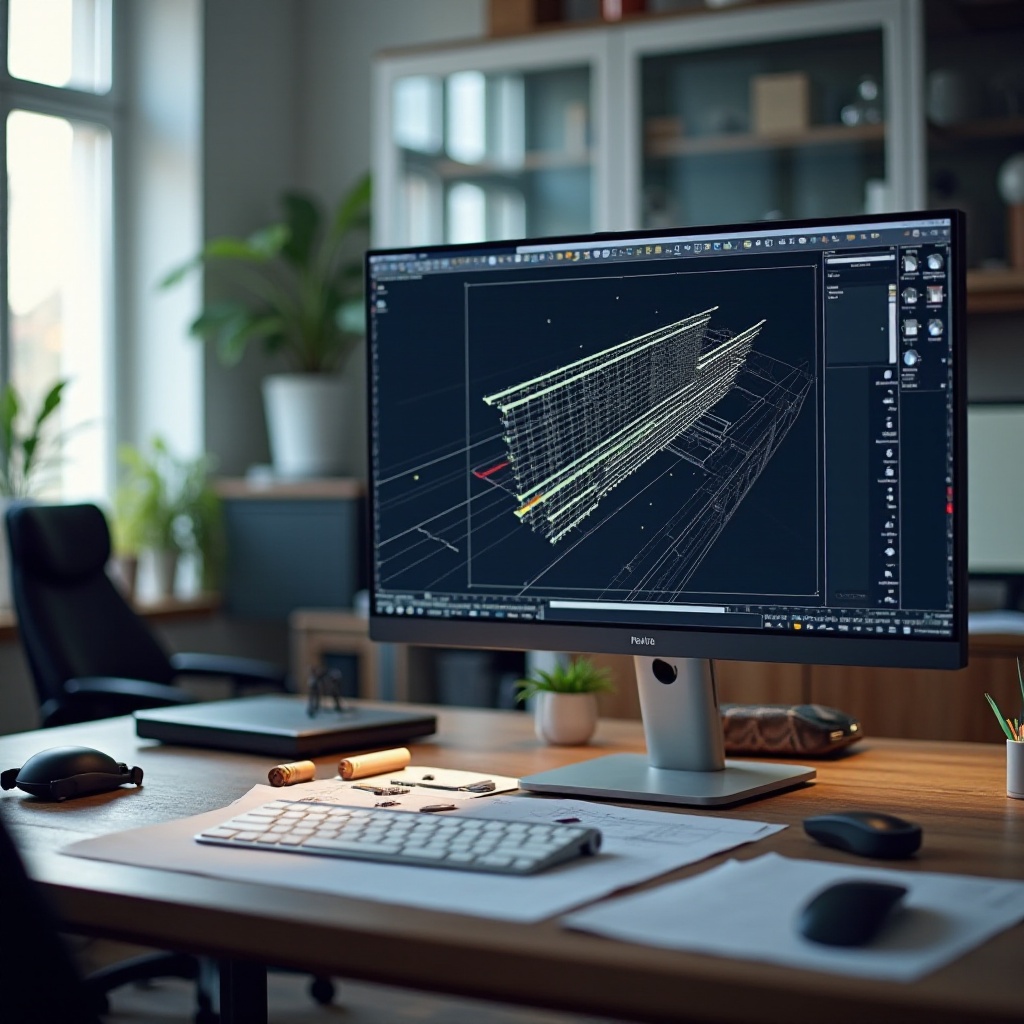Introduction
Revit users sometimes encounter issues where the software won’t display correctly on a Samsung monitor. This can be frustrating, especially when you’re in the middle of a project and need immediate access to your architectural designs. Fortunately, there are several steps you can take to troubleshoot and resolve this problem. This guide aims to help you understand why Revit won’t display on your Samsung monitor and provide you with practical solutions to get Revit up and running smoothly.

Understanding the Problem
The issue of Revit not displaying on a Samsung monitor can stem from various factors. It could be related to hardware compatibility, software glitches, driver issues, or incorrect display settings. Identifying the root cause is the first step towards finding a solution. By understanding the source of the problem, you can apply the appropriate troubleshooting steps to resolve it quickly and effectively.
Hardware Compatibility Check
Before diving into software and settings, it’s essential to ensure that your hardware is compatible. First, confirm that your Samsung monitor meets the minimum system requirements for running Revit. Check the monitor’s resolution, refresh rate, and connection types. Using the correct HDMI or DisplayPort cables is also crucial. Sometimes, using an incompatible cable can result in a blank or distorted display. Verifying hardware compatibility can save you a lot of time and frustration later.
A hardware compatibility check is important, but it’s just the first step. Ensuring that your drivers and software are up to date can also significantly affect how Revit displays on your Samsung monitor.

Driver and Software Updates
Outdated drivers and software can cause many display issues. Ensure that your Samsung monitor’s drivers are up to date. Manufacturers often release driver updates to fix bugs and improve performance. Similarly, check for updates in Revit and your operating system. Keeping all these elements up to date can resolve many display issues and also improve the overall performance of your system.
Updating Drivers and Software
- Monitor Drivers: Download the latest drivers from the Samsung website.
- Graphics Drivers: Update your graphics card drivers via the manufacturer’s site (NVIDIA, AMD, Intel).
- Revit: Check for updates within the Revit software or visit the Autodesk website.
- Operating System: Ensure your Windows OS is up to date.
Regular updates are crucial for maintaining system compatibility and optimal performance.
Once your drivers and software are updated, the next step is to fine-tune display settings in Windows to make sure Revit displays properly.
Adjusting Display Settings in Windows
Display settings in Windows can impact how Revit and other programs are displayed on your monitor. Adjust these settings to ensure Revit runs smoothly:
- Screen Resolution: Set your monitor to its native resolution for the best display quality.
- Multiple Displays: If you are using multiple monitors, set your Samsung monitor as the primary display.
- Scaling Settings: Sometimes, adjusting the scaling settings can solve display issues.
To access these settings, go to the Windows settings menu and navigate to ‘System’ > ‘Display.’ Make necessary adjustments for the optimal display of Revit.
While adjusting the general display settings in Windows, it is also crucial to tweak the display settings within Revit for better performance.
Revit Specific Display Settings
Revit has its own set of display settings, and adjusting these could resolve the issue. Within Revit, navigate to the ‘Options’ menu:
- Graphics Settings: Choose the right graphics card and adjust the settings.
- Hardware Acceleration: Enable or disable hardware acceleration to see which setting works best.
These adjustments can significantly impact Revit’s display performance on your Samsung monitor.
Despite all these adjustments, you might still face issue. Let’s look at some common problems and their solutions.

Troubleshooting Common Issues
Even after adjusting settings, you might still face some display issues. Here are a few common problems and their solutions:
- Blank Screen: Make sure the monitor is properly connected and powered on.
- Distorted Image: Adjust the screen resolution and check the cables.
- Flickering Display: Update your graphics drivers and check for interference from other devices.
These steps can resolve many common issues and get you back to your work without much delay.
If common troubleshooting steps do not work, advanced troubleshooting might be required.
Advanced Troubleshooting
If the basic steps don’t solve the issue, you might need advanced troubleshooting:
- BIOS Settings: Sometimes display issues can be related to BIOS settings. Check your motherboard manual for display-related BIOS settings.
- Safe Mode: Boot your computer in Safe Mode to see if the issue persists. If not, it could be a software conflict.
- Reinstallation: As a last resort, reinstall Revit and monitor drivers to ensure that no files are corrupted.
These steps should be taken only if the earlier methods do not resolve the problem.
Conclusion
Solving the issue of Revit not displaying on a Samsung monitor requires a mix of hardware checks, software updates, and specific settings adjustments. By following the outlined steps, you should be able to identify and resolve the problem effectively. Ensuring that all components are up to date and properly configured is key to a seamless experience with Revit.
Frequently Asked Questions
What should I do if Revit still won’t display on my Samsung monitor after troubleshooting?
If you’ve exhausted all troubleshooting steps, consider reaching out to Samsung support or Autodesk support. They can provide specialized assistance and potentially uncover issues that haven’t been identified through basic troubleshooting.
How do I update my Samsung monitor’s drivers and firmware?
Visit the Samsung support website, enter your monitor model number, and download the latest drivers and firmware. Follow the instructions provided to install them.
Are there specific Revit settings that can optimize its display on a Samsung monitor?
Yes, adjusting the graphics settings and hardware acceleration within Revit’s options menu can help optimize its display on Samsung monitors. Tailoring these settings to your system’s capabilities can enhance performance and display quality.